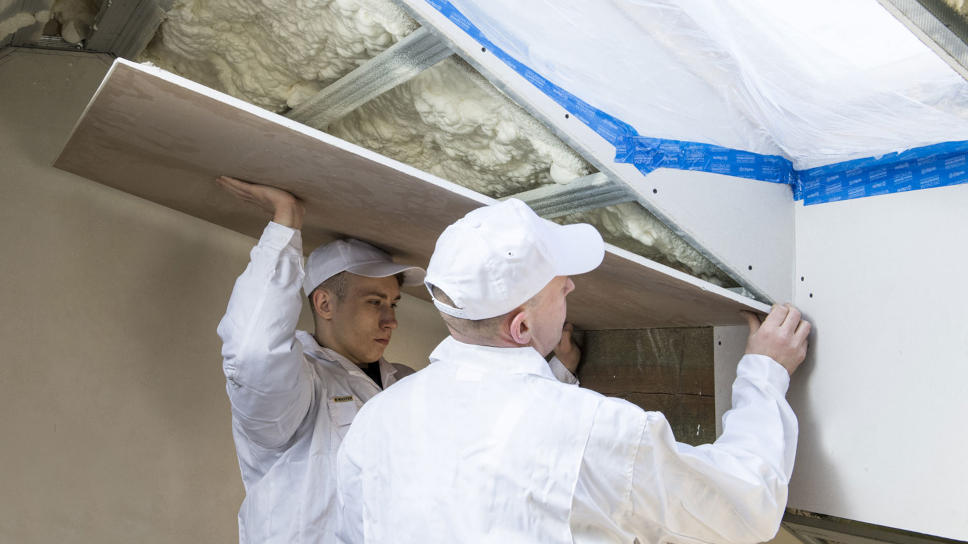Advantages of PUR foam thermal insulation
PUR foam is a thermal insulation material becoming increasingly popular. No wonder - high effectiveness of protection against heat loss attracts more and more customers, searching for a durable solution for many years. PUR foam, such as the closed-cell Purios H, has excellent insulating properties. It is easy to apply, dries quickly, and forms tight, uniform layer protecting against thermal bridges. It creates comfortable living conditions and reduces heating and air conditioning bills.
Is PUR foam resistant to UV radiation?
There is an issue that should be taken into account when choosing this thermal insulation material; it is the UV resistance of PUR foam. Radiation causes the foam to lose its properties, which is why spots where it will be exposed outdoors and exposed to UV radiation should be properly protected. To extend the life and performance of the foam, it is ncecessary to protect it with a special polyurethane coating, which is resistant to sunlight.
Protecting the foam against UV is extremely important - failure to protect the thermal insulator could lead to its failure. Covering it with a protective layer reduces the risk of harmful effects of ultraviolet rays and other weather conditions. The protection provides a layer against moisture.
If you opt for PUR foam foundation insulation , please be aware that it does not require UV protection - the foundations will be backfilled and radiation will not penetrate them. However, it is worth protecting the insulation against mechanical damage - a polyurea coating is a perfect solution here, as it ensures increased water tightness and protects against chemical damage.
How can PUR foam be protected against UV?
Closed-cell foammakes an excellent solution for thermal insulation of flat roofs. Since the thermal insulation is not resistant to UV rays, it is very important to protect the PUR foam in locations where it will be exposed to adverse weather conditions. To this end, a liquid waterproofing membrane should be used, which will prevent the undesirable effects of sunlight and water contact.
If the encapsulation layer is not applied properly, there is a risk of damaging the PUR foam; when the waterproofing layer uncovers the foam, it will be exposed to UV radiation.
How can PUR foam be protected in the attic?
A drywall construction ensures 100% UV protection of the PUR foam in the attic. The boards cover the foam providing sufficient protection.
Foam sprayed from the inside will only change its colour, however, it will not lose its insulating properties; there is no danger of its biodegradation either. Closed-cell foam performs in a similar way.
Single-component water-based membrane
You can choose to protect the foam against UV with a water-based, single-component polyurethane membrane. This protection forms a homogeneous and tight layer, resistant to water and sunlight. Its elasticity is described as 250% - this is its elongation at a force of approx. 3MPa. It is applied by spraying or traditional roller, however, beforehand the foam surface should be prepared with a suitable base.
Solvent-based two-component membrane
A solvent-based two-component polyurea membrane is another effective means of UV protection for polyurethane foam. This product consists of a base and hardener, mixed under a slow speed stirrer prior to application. This protection should be applied within 90 minutes once mixed as it sets after this time. Its elasticity is 410% - elongation at a force of approx. 10 MPa. The product is tight, UV and water resistant and, in addition, dries within 2 hours.
Protecting PUR foam against UV radiation is a must if you want to enjoy high-quality thermal insulation for a long time.

 This website uses cookies. By using this website, you consent to the use of cookies in accordance with your browser settings.
This website uses cookies. By using this website, you consent to the use of cookies in accordance with your browser settings.